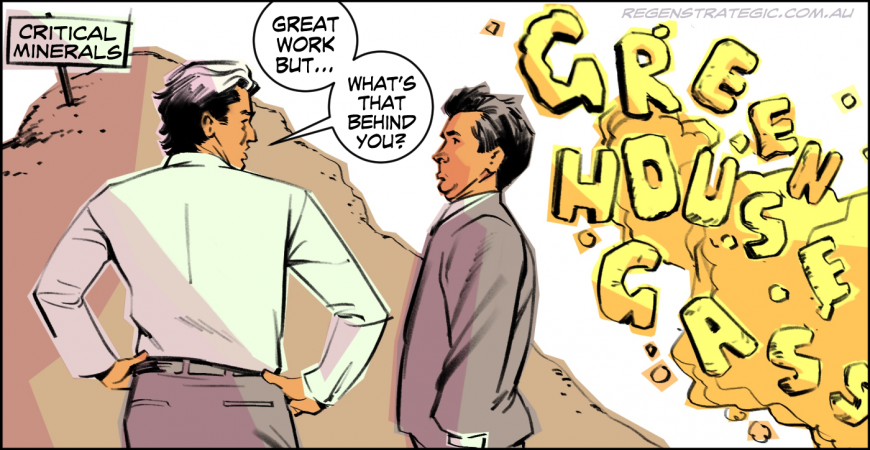There was mixed news for the critical minerals industry, and its ability to help us avoid the worst impacts of climate change, in International Energy Association data released last week.
On the positive side, with growth in critical minerals investment of 50 per cent over the last two years, IEA analysis suggests that currently planned projects could be sufficient to support national climate pledges announced by governments to date.
However, the IEA also believes that additional critical minerals projects will be needed by 2030 if we’re to limit global warming to 1.5 degrees. With the manufacturing capacity for both solar PV and electric vehicle batteries believed to be on track to meet net zero by 2050, adequate supply of the critical minerals these require remains the major potential bottleneck, despite the recent investment growth.
Which is why the IEA’s assessment of the critical minerals industry’s environmental performance was so concerning. While the performance of the world’s top 20 critical minerals producers on community investment, worker safety and gender balance was seen as improving, no progress was being made on the greenhouse gas intensity of production.
Not only does this undermine the contribution critical minerals can make to fighting climate change, it has the potential to make it more difficult for the industry to build social license, achieve timely regulatory approvals and attract the younger workers it will need to grow.
This article also appeared in The West Australian newspaper.
 ReGen Strategic
ReGen Strategic